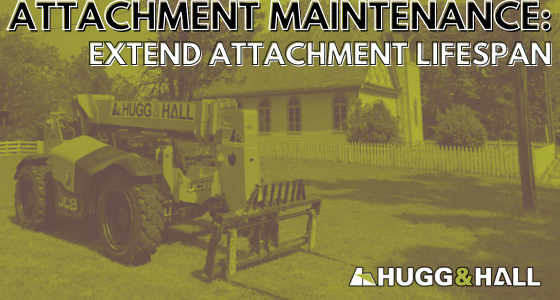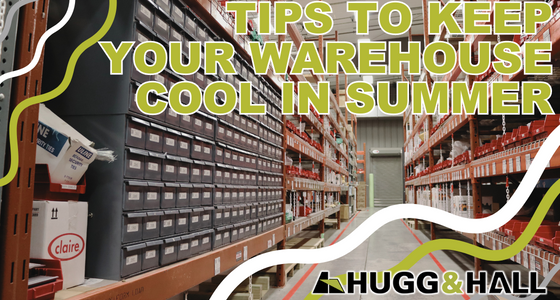
Attachment Maintenance: Extend Attachment Lifespan
Preventative maintenance is vital to keeping equipment up and running. However, it's very easy to...

Preventative maintenance is vital to keeping equipment up and running. However, it's very easy to...

A cool warehouse isn't just a perk for your employees. It's necessary to protect their...